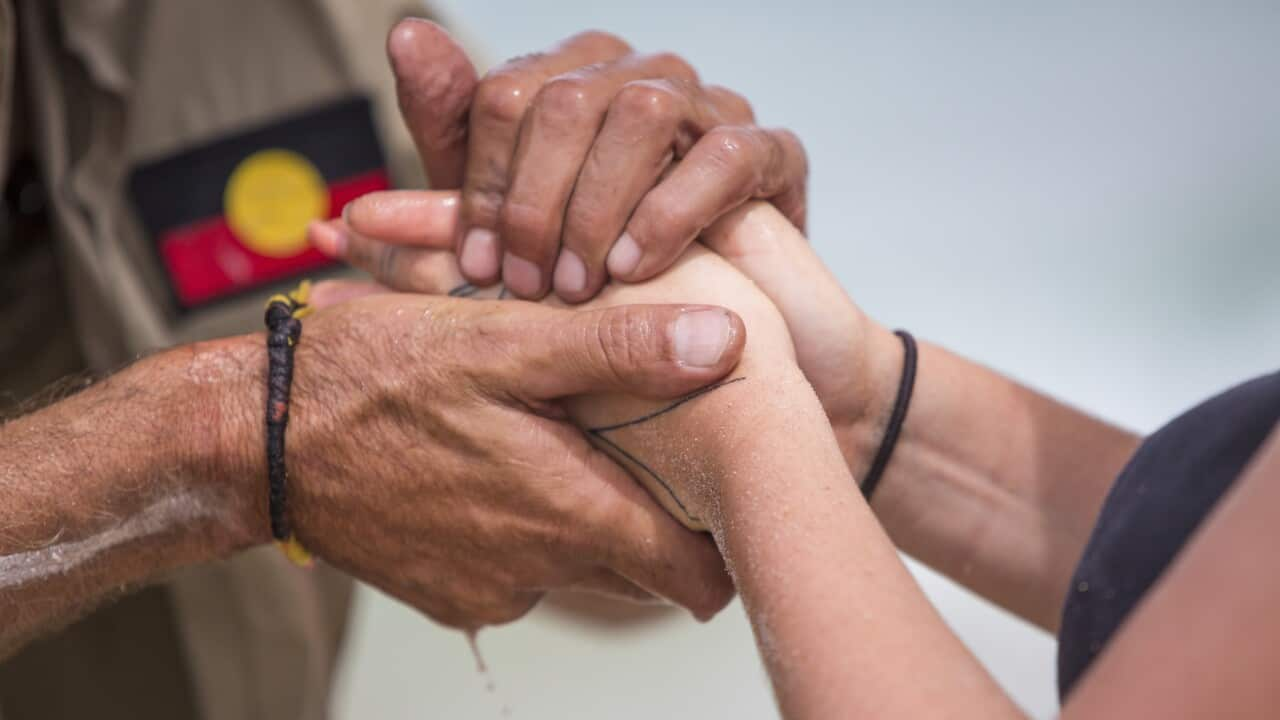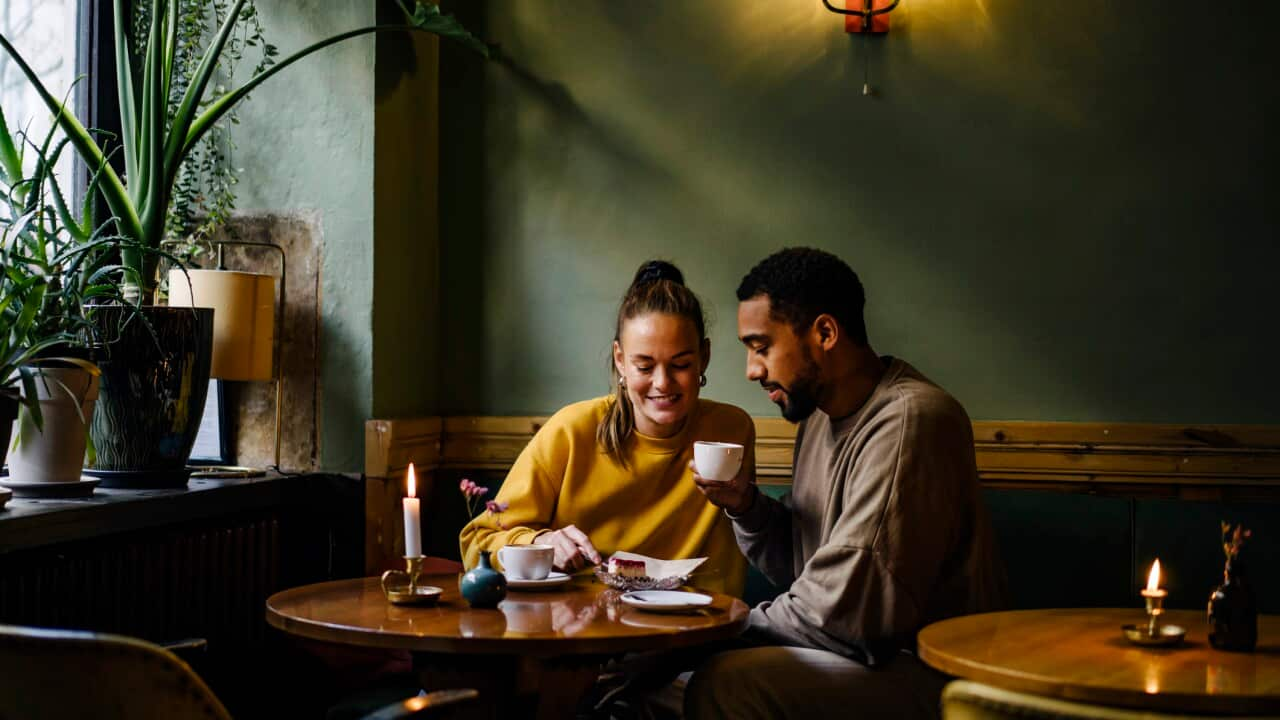Key Points
- Dress codes help set the tone of an event.
- If you’re unsure about the dress code, ask the host.
- ‘Black tie’ is the most formal dress code we’re likely to see in Australia.
- The key to ‘casual’ dressing is contrast, where denim is acceptable.
- Why do we have dress codes?
- What are the common dress codes?
- Black tie
- Formal
- Cocktail and semi-formal
- Smart casual
- Casual
- Expressing culture through your outfit
- What if you can’t meet the dress code?
Why do we have dress codes?
We’ll often see a dress code included on a party or event invitation. It might read something like ‘Black tie’ or ‘Smart casual’.
Dress codes help us meet the expectations of the host and set the tone of an event.
They’re a useful guide because what you consider to be overdressing might be considered underdressing by someone else, and vice versa.
A bit of research goes a long way, especially if no dress code is specified—and there’s no shame in asking the host what to wear, Kudrat Makkar, Creative Director at fashion label Mastani, says.
“I would definitely double-check the dress code.”
I have learnt it the hard way. I think coming from an Indian background, historically we've grown up going to weddings overdressed, but it's because everyone's overdressed. We don't feel overdressed. I think inherently in Australia, everyone's underdressed.Kudrat Makkar
And that’s why we have dress codes.
One simple tip
Even when we know nothing about dress codes, Joshua Ton, a Melbourne-based bespoke tailor, says there are some general rules we can follow.
“Darker colours for more formal events, lighter colours for less formal,” he says. “For women, something longer if it's more formal, so below the knee. Usually those are good rules.”
What are the common dress codes?
Here we list the popular dress codes from most to least formal.

Also known as ‘black tie optional’, a ‘formal’ dress code is popular for weddings, formal dinners and corporate events. Source: Getty / Kamal Iklil/Getty Images
Black tie
The most formal dress code we’re likely to see in Australia is ‘black tie’, Melbourne-based personal stylist Lisa Stockman explains.
This is an elegant dress code popular at weddings, award ceremonies and charity galas.
“Those are events where men would be expected to wear a black tuxedo, a white shirt, a bow tie and dress shoes. Women would be expected to wear a floor-length gown, and often those gowns are quite heavy fabrics. And a lot of women would wear heels to that event.”
Formal
Also known as ‘black tie optional’, a ‘formal’ dress code is popular for weddings, formal dinners and corporate events.
Less formal than black tie, this dress code has an increasingly flexible interpretation.
For men, a suit, collared shirt and dress shoes are considered appropriate attire, usually with a bow tie or tie.
“Although increasingly in Australia, a lot of men don't wear ties, which can also be confusing, but they may add a pocket square,” Ms Stockman says. “And for women it usually would be a longer dress or sometimes a pantsuit made from a really beautiful fabric.”
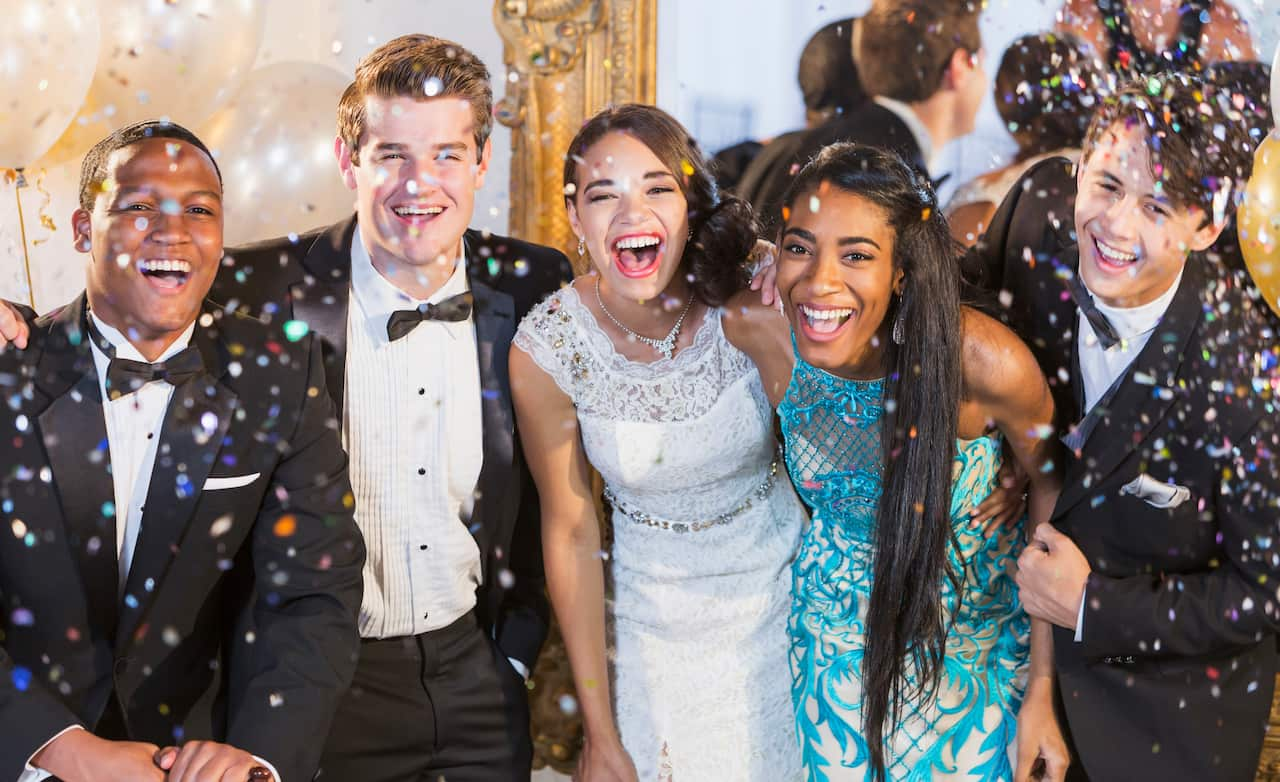
A semi-formal dress code is considered more reserved and classic, while a cocktail dress code can be more festive. Source: Getty / kali9/Getty Images
Cocktail and semi-formal
Bridging the gap between formal and casual, ‘cocktail’ and ‘semi-formal’ are popular dress codes for weddings, cocktail and engagement parties and milestone birthdays.
Semi-formal is considered more reserved and classic, while cocktail can be more festive.
“So most men here would wear a suit, but it doesn't have to be a dark one, and a lot of men in Australia wouldn't wear a tie in this situation,” Ms Stockman explains. “For women, it's far more open to interpretation, so a dress could be really any length. Again, you could wear a pantsuit or a jumpsuit.”
Cocktail attire can be fun, celebratory, and an expression of your personality.
If your wardrobe is limited and you’re unsure, Joshua Ton believes that one garment can safely service most of these more formal dress codes.
“So suiting, something dark… All genders can wear it. And really use different fabric or colours… that you think will match that code.”
Accessories such as jewellery, a tie or a pocket square can elevate your outfit.
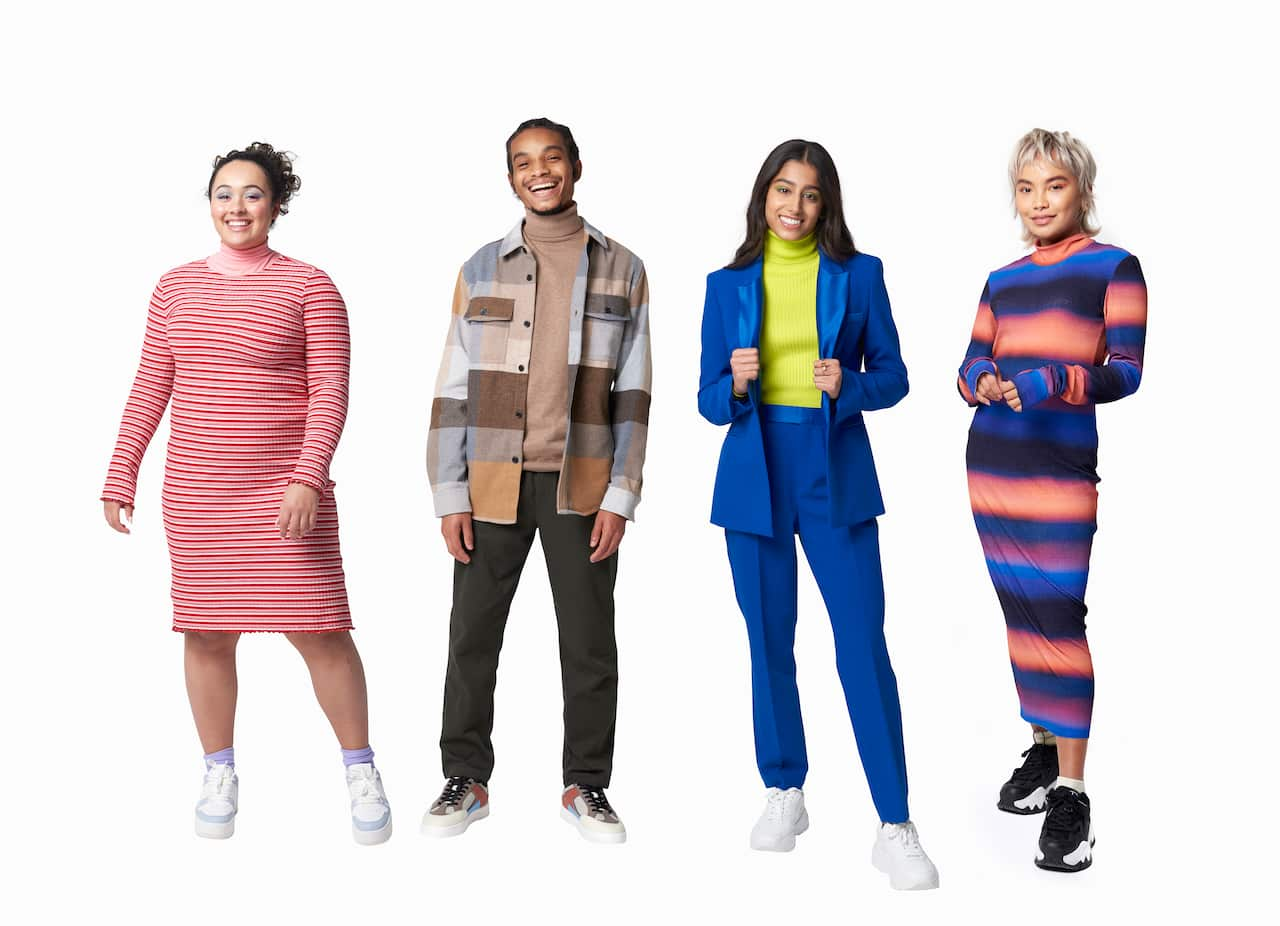
Smart casual is a popular choice for work events and birthday parties. Credit: We Are/Getty Images
Smart casual
Less formal, this dress code bridges the gap between everyday wear—so something you would wear to the park—and something more formal, Ms Stockman says.
Smart casual is a popular choice for work events and birthday parties.
“Typically men in Australia would wear chinos or really smart jeans with no rips, some sort of button-down shirt, a sports jacket, loafers or driving shoes. And for women, they might wear a coordinated set, so a matching top and pants, for example. They could wear jeans that are a dark denim, a nice dress, skirt, boots. You don't necessarily need to wear heels.”

Black tie is an elegant dress code popular at weddings, award ceremonies, and charity galas. Source: Getty / Mike Powell/Getty Images
Casual
The least formal of the dress codes, interpreting casual attire relies on context.
Is it a casual day in the office or a BBQ?
This is where denim is acceptable, Ms Stockman says.
“I would suggest not wearing flip-flops or thongs, or ripped clothing, but anything that you feel good in yourself that's nice and presentable.”
Mr Ton likes to follow one simple rule for casual, or his personal favourite, semi-casual dressing: The less formal an event, the more contrast we can introduce.
You would wear an ‘odd suit’, we call it: sports jacket, trouser, something that doesn't match in fabric.Joshua Ton
“So I'd always wear something contrasting. If it's dark at the top, wear something light or vice versa, and it gives you that nice casual, nearly formal look. And with sports jackets and trousers you don't need to wear a tie.”
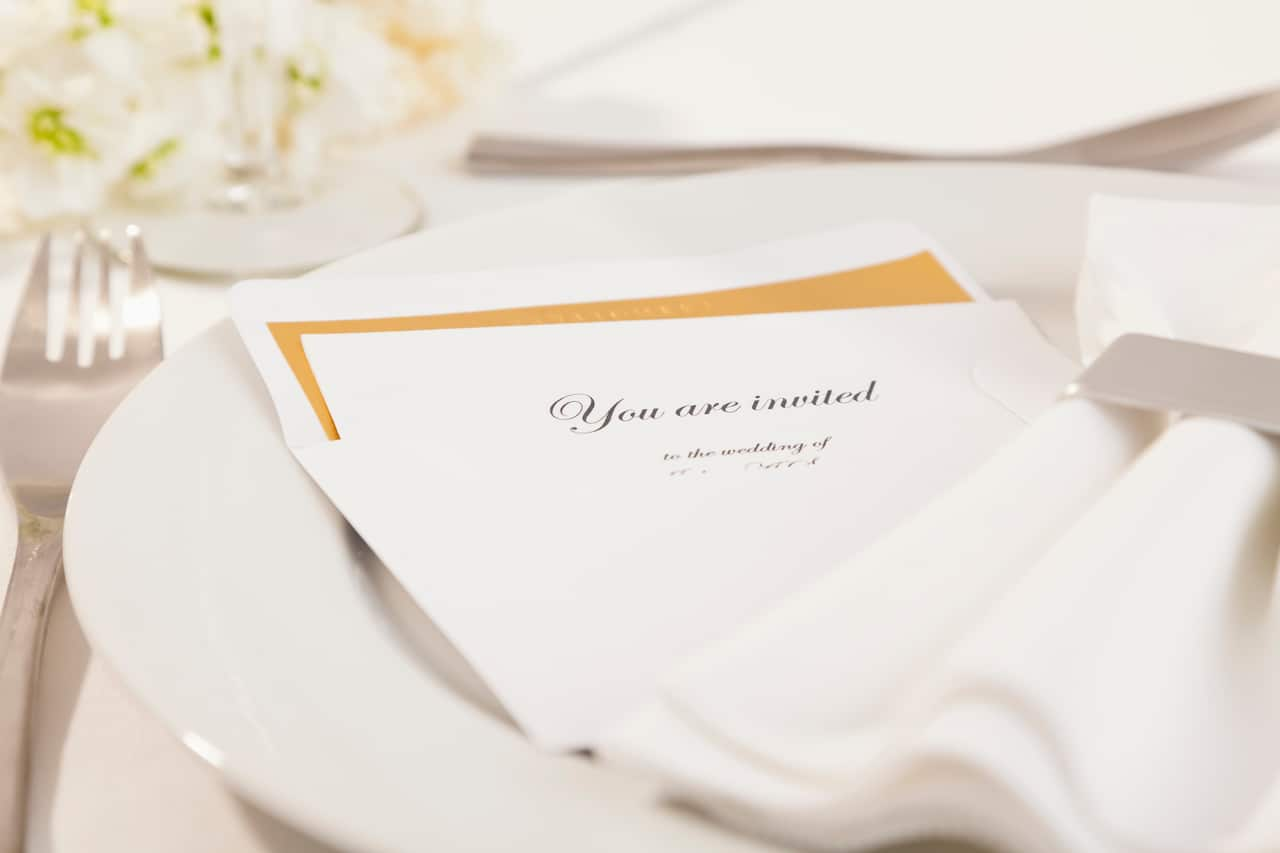
Bridging the gap between formal and casual, ‘cocktail’ and ‘semi-formal’ are popular dress codes for weddings, cocktail and engagement parties and milestone birthdays. Source: Getty / Vstock LLC/Getty Images/VStock RF
Expressing culture through your outfit
Expressing culture does not mean you must wear a traditional outfit. Instead, you can play on small elements as an ode to your culture, Kudrat Makkar says.
“And I would do it through details. It could be accessories. I would put a really beautiful necklace which has some sense of heirloom connected to it. I would wear a pattern or a fabric but in a silhouette which is acceptable… or a textile would be a sort of hand loomed silk, for example.”
What if you can’t meet the dress code?
It’s not the end of the world.
“So really if you don't understand it, just wear what you can, wear what you think is appropriate because you'd rather turn up and respect the event or the person,” Mr Ton says. “I think it's more important.”
Subscribe to or follow the Australia Explained podcast for more valuable information and tips about settling into your new life in Australia.
Do you have any questions or topic ideas? Send us an email to australiaexplained@sbs.com.au



